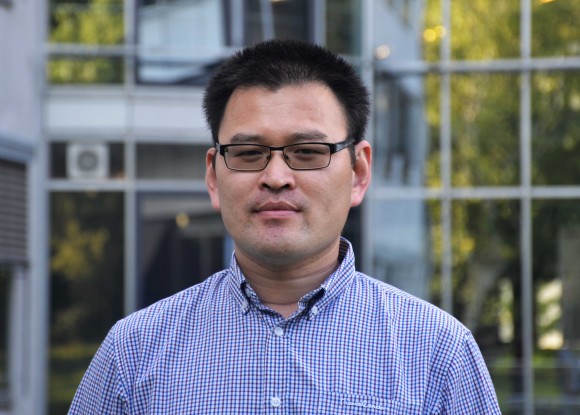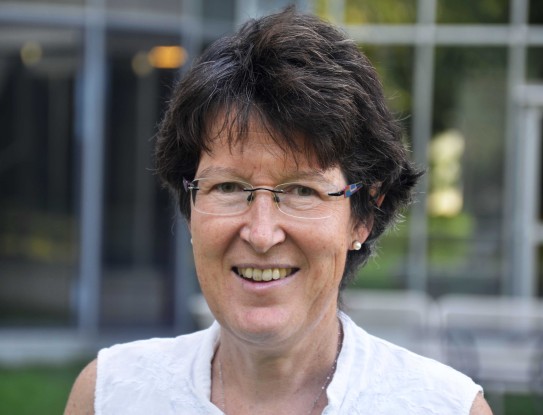Positions for Research Assistants or Associates
Open ARL/ Master Thesis Positions
We are looking for students to do a research project (advanced research lab or master thesis) within our group in the following areas listed below.
IMPORTANT for all positions: we use python, so please get yourself prepared for it, at least spiritually.
Here is a link to openings for ARL and Master theses and possible topics.



